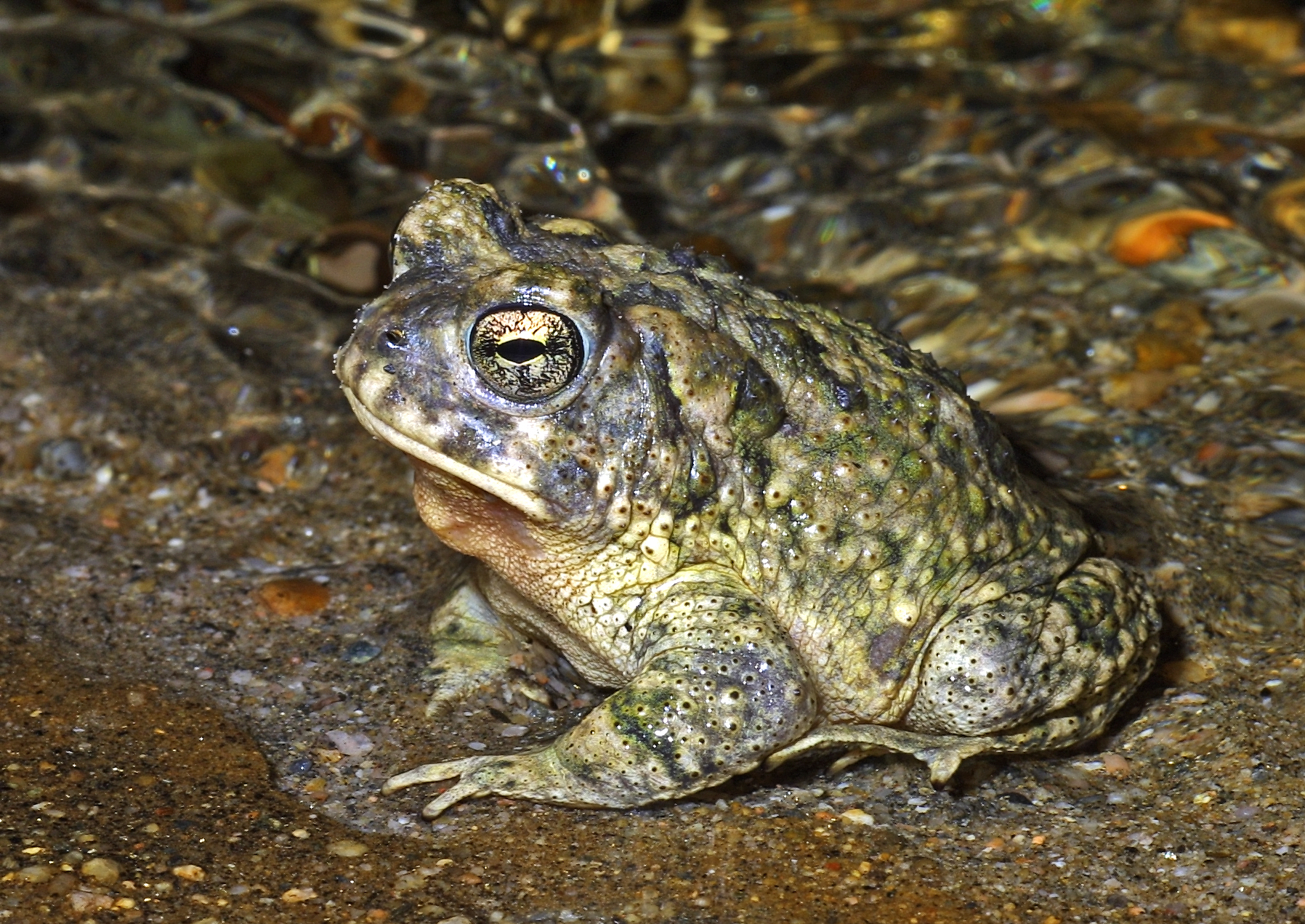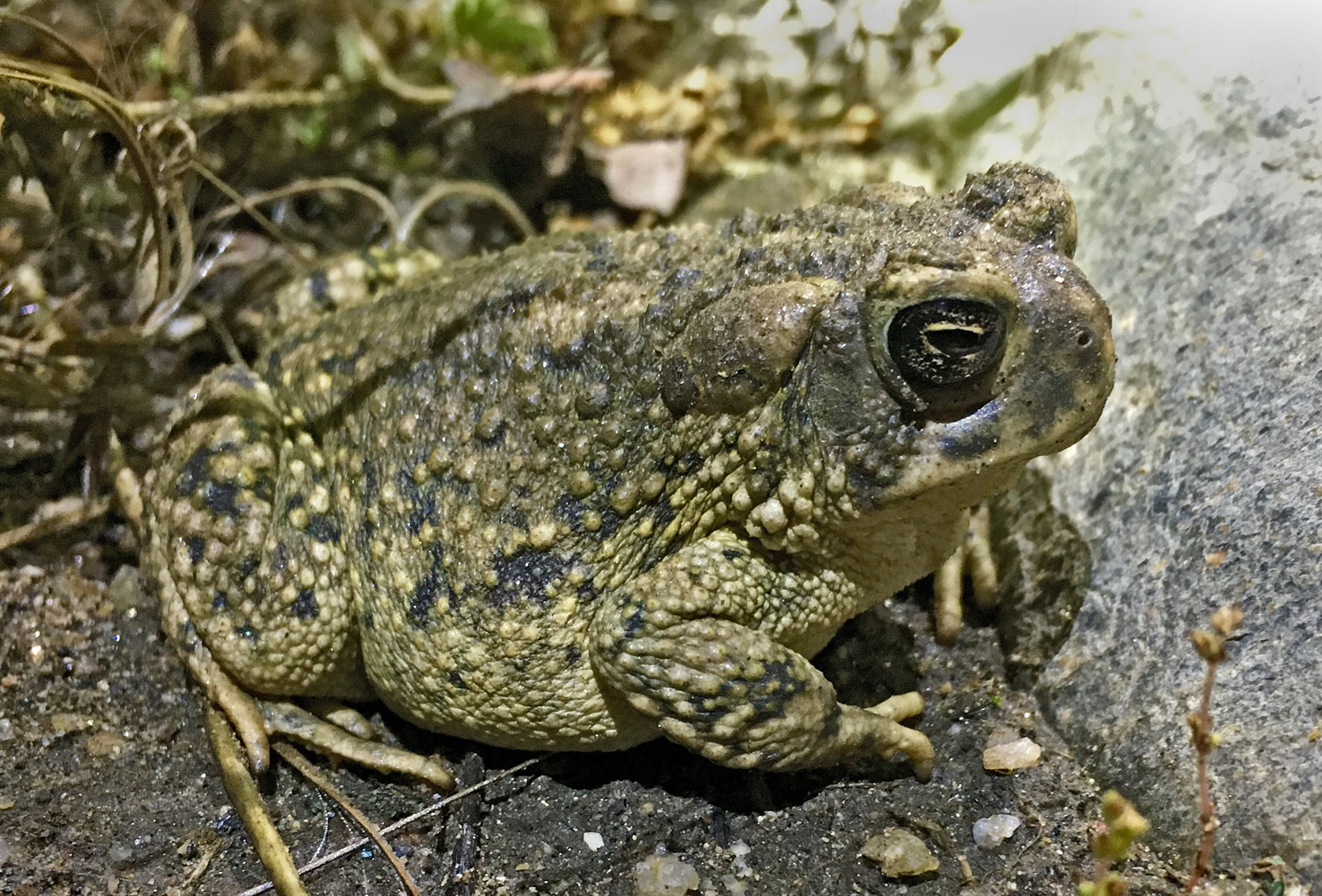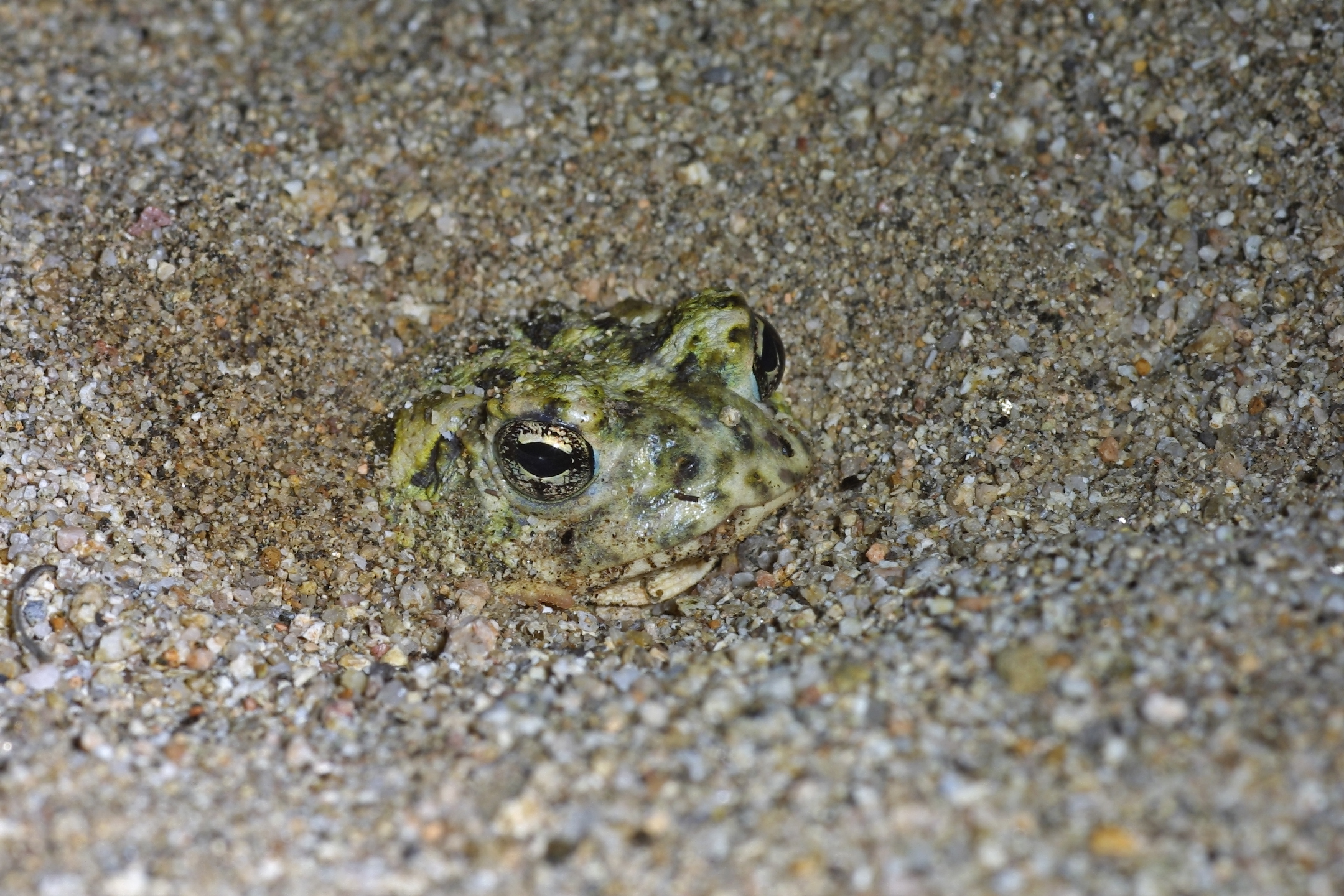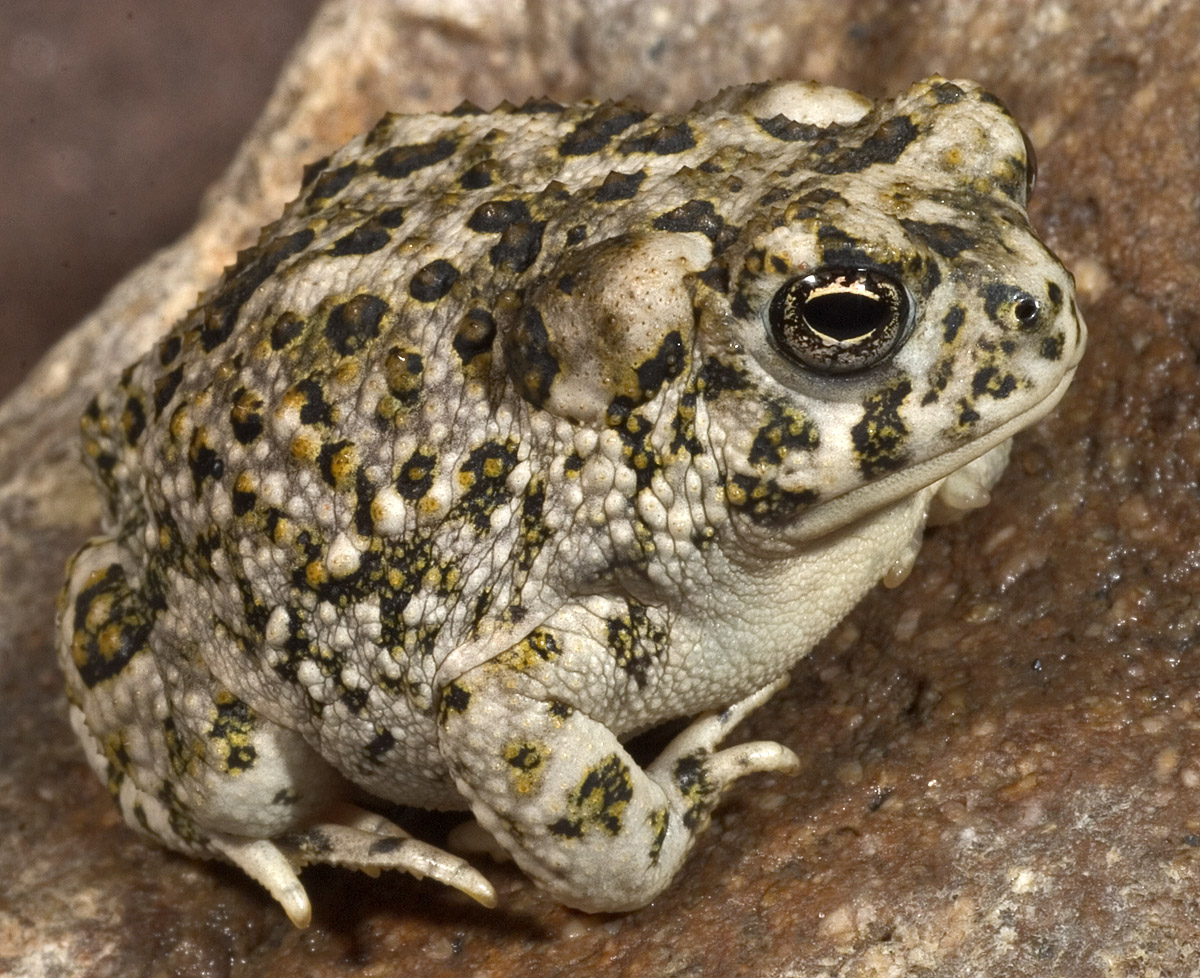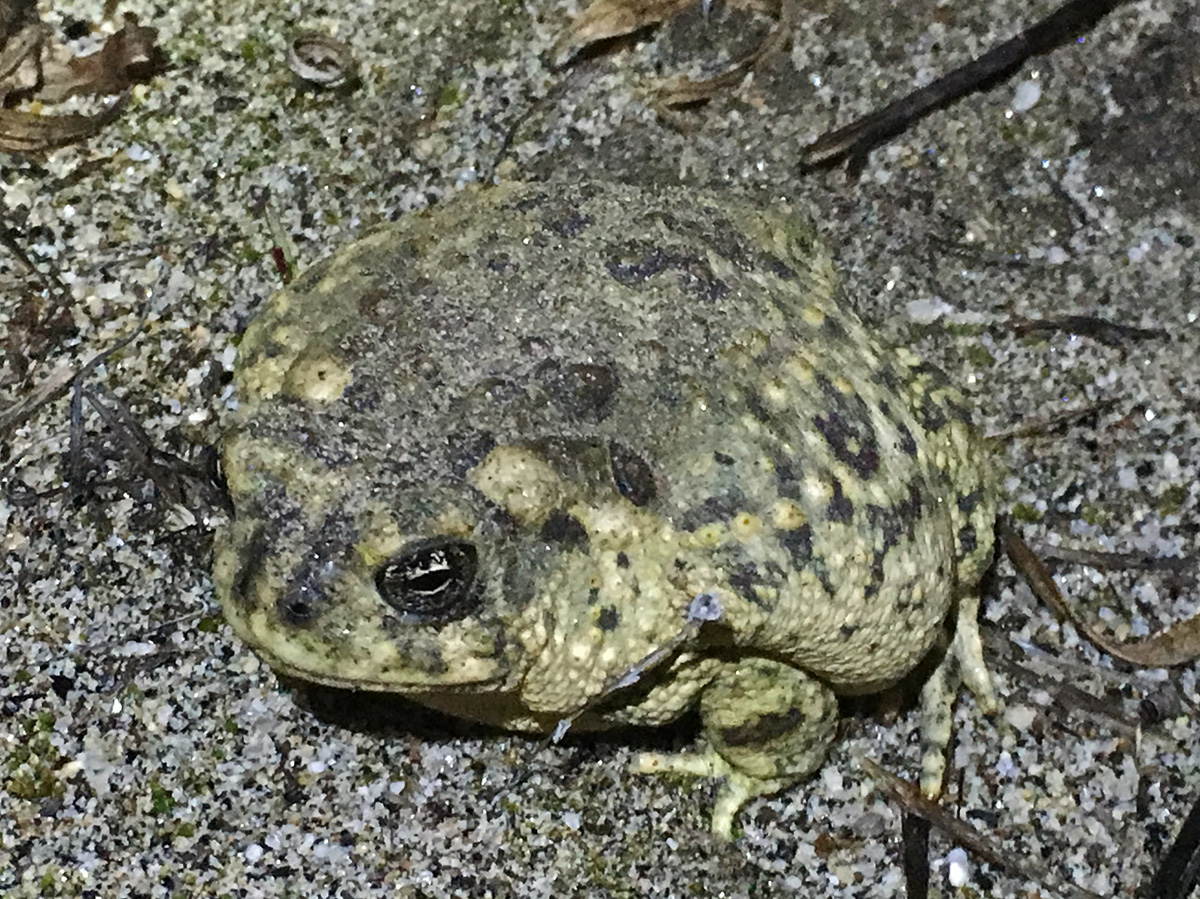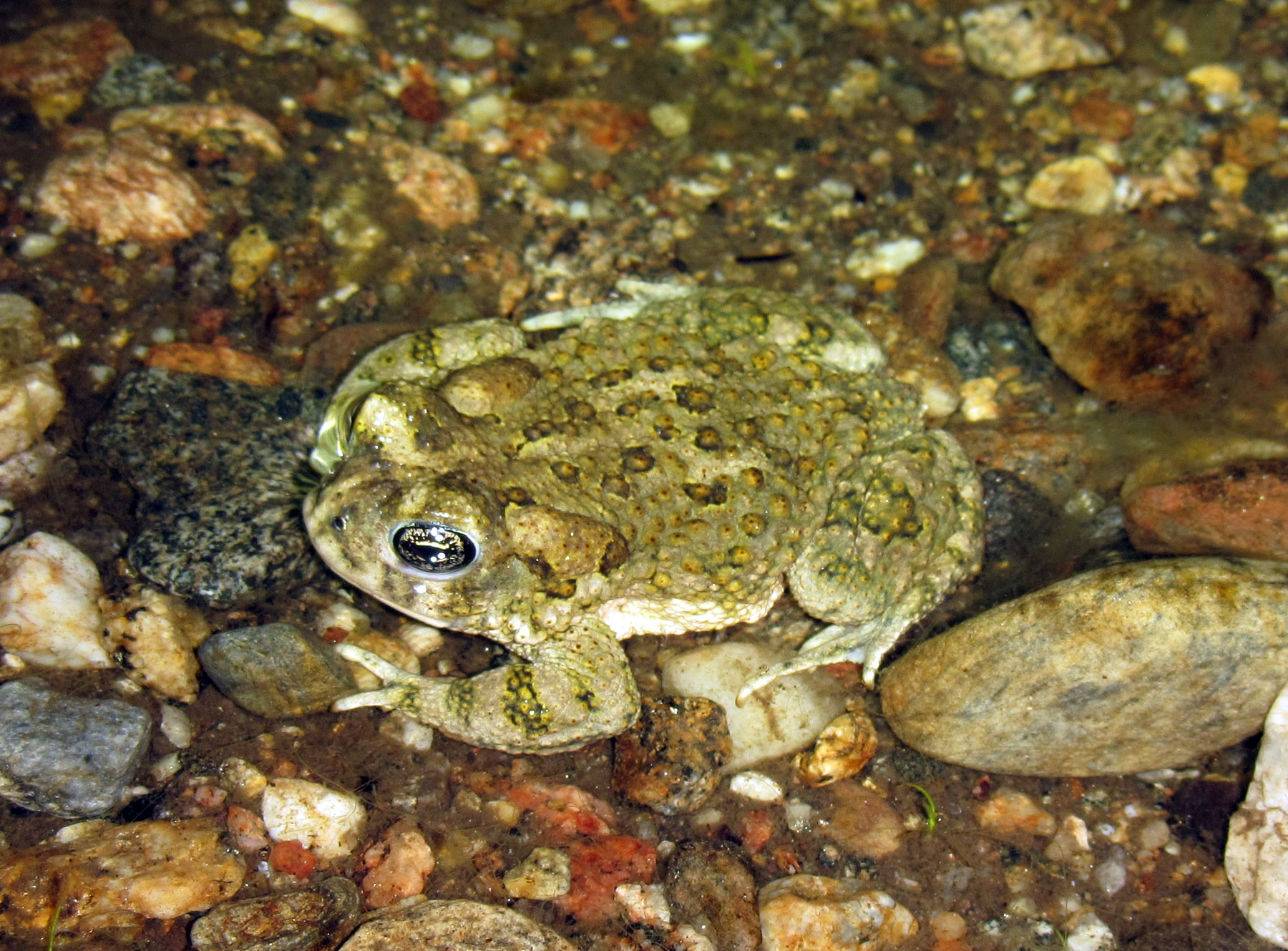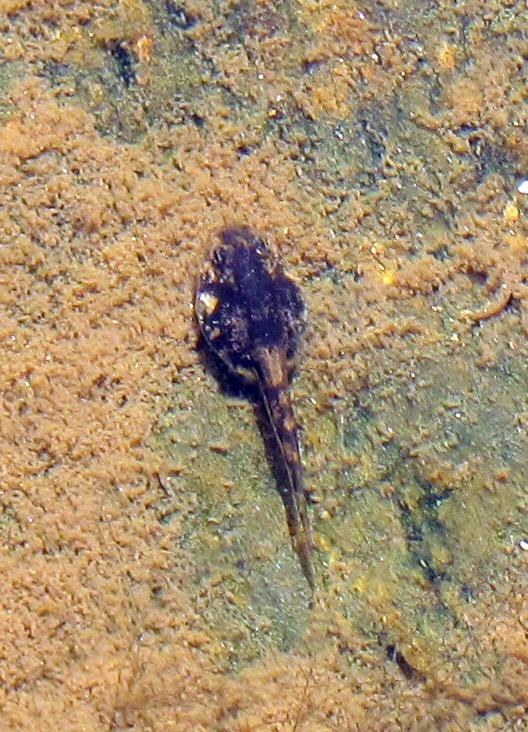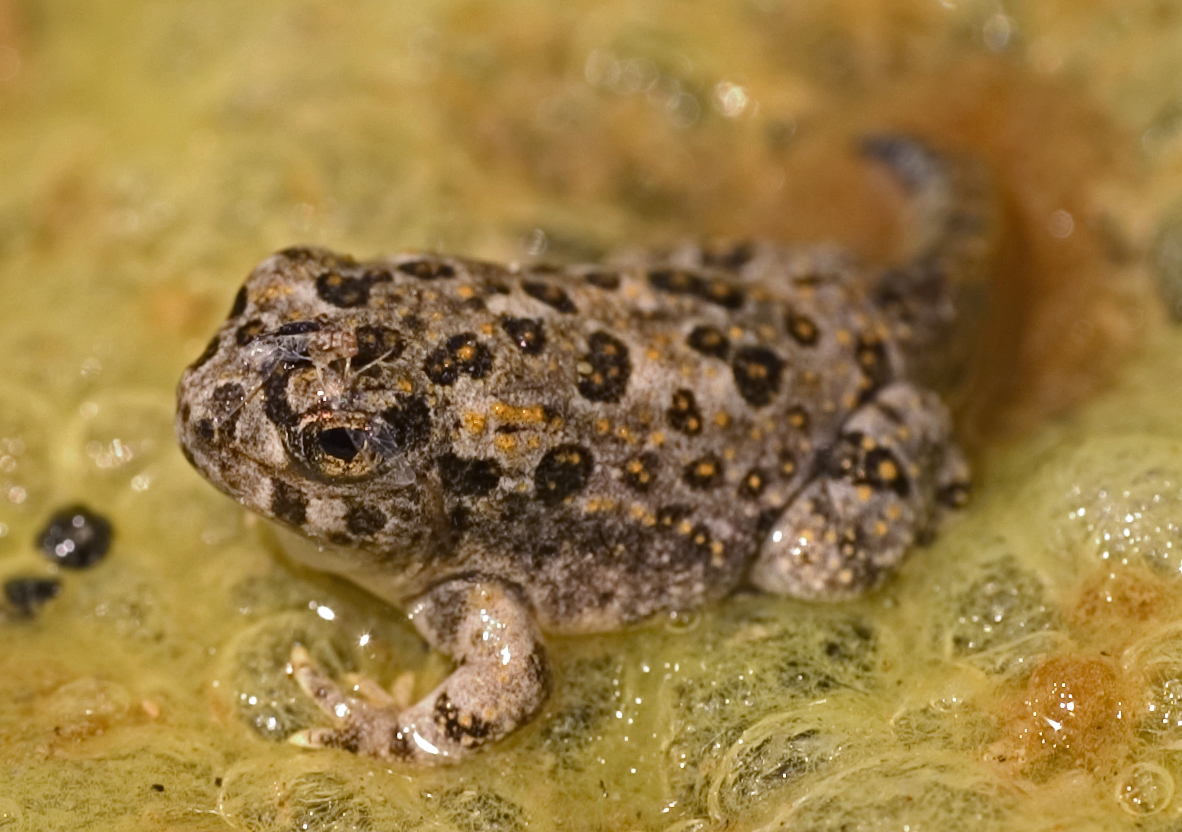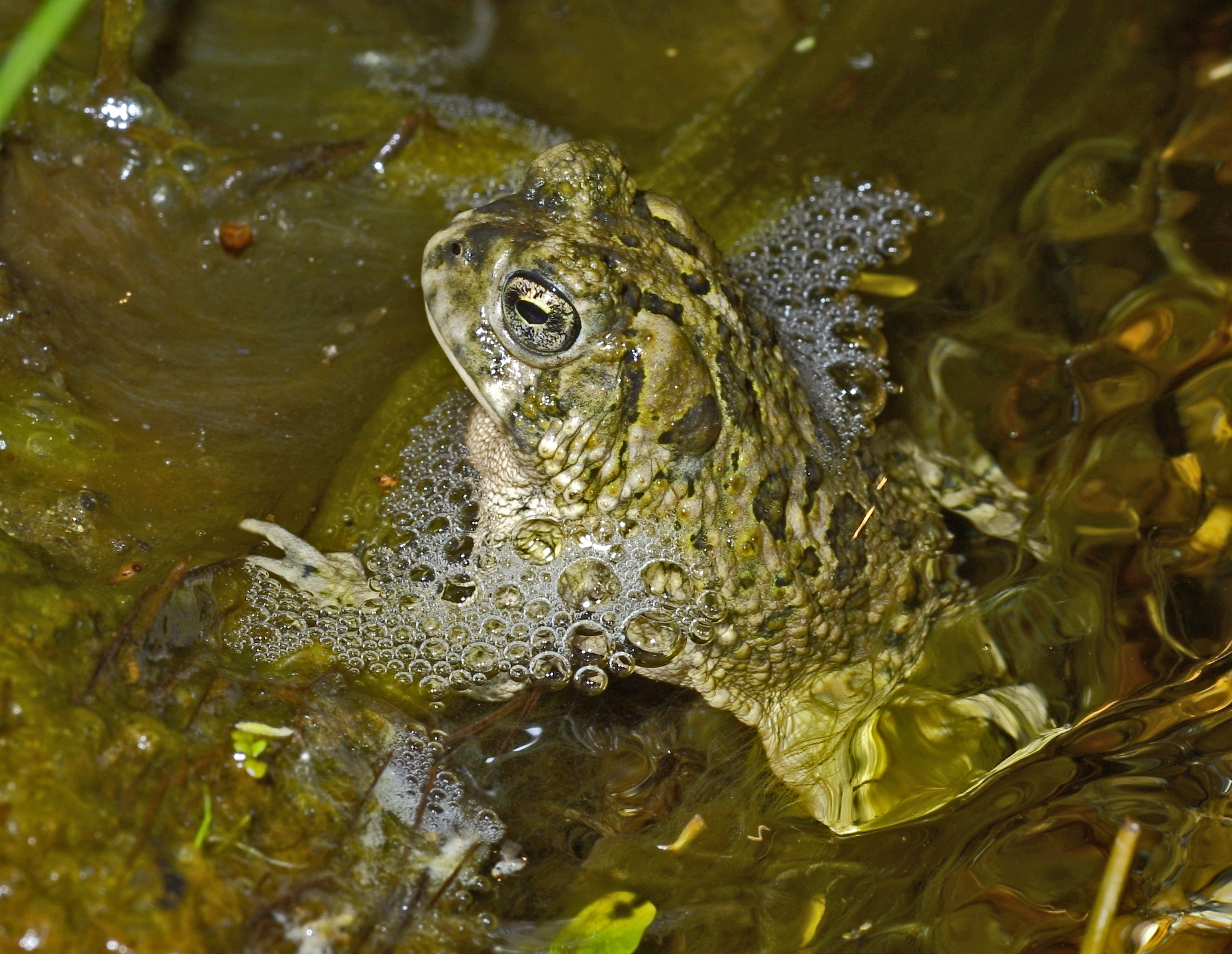Current Distribution Rangewide
Historically occurred from upper Salinas River system in Monterey County, south through the Santa Ynez, Santa Clara, and Los Angeles River Basins and coastal drainages of Orange, Riverside, and San Diego Counties, to the Arroyo San Simeon system in Baja California, Mexico [1]. Also occurs on desert slopes of the San Gabriel Mountains (in Little Rock Creek in Los Angeles County) and the San Bernardino Mountains (in the Mojave River and in its tributaries in San Bernardino County) [2]. Primarily restricted to headwaters of streams as small, isolated populations, having been extirpated from much of their historic habitat [3].
Known Populations in San Diego County
Occurrences found in Camp Pendleton, Anza Borrego State Park, Fallbrook NWS, Barrett Reservoir Open Space, Marron Valley Mitigation Bank, Cleveland National Forest, Mount Woodson, San Vicente Reservoir Cornerstone Lands, El Capitan Reservoir Open Space, San Pasqual Valley, Boden Canyon Ecological Reserve, Pamo Valley, Ramona Grasslands Preserve, San Dieguito River Park, Santa Ysabel East Open Space, Santa Ysabel West Open Space, Cuyamaca Rancho State Park, Barrett Reservoir Open Space, Dulzura Conduit, Bureau of Land Management, McAlmond Canyon, SDGE Sunrise Powerlink Parcels Long Potre, Lake Morena Regional Park, Canada de Vicente, Sutherland Reservoir Open Space, Hodges Reservoir Open Space, San Luis Rey River Park, Groves Open Space, Faubus Farms, Roncon San Luiseno Band of Mission Indians, and Vista Irrigation District.
List Status
FE, SSC
Habitat Affinities
Found in semi-arid regions near washes or intermittent streams. Habitats include: valley-foothill and desert riparian, desert wash, palm oasis, and Joshua tree, mixed chaparral and sagebrush [4;5;6; all cited from 7]. Breeding habitat consists of slow-moving streams with shallow pools, sandbars, and stream terraces. Breeding habitat is maintained by periodic flooding and scouring that alters stream channels, redistributes sand, opens up the vegetation, and changes the location and configuration of breeding pools [8]. Outside of the breeding season, toads are terrestrial and estivate in underground burrows in upland habitats including: sycamore-cottonwood woodlands, oak woodlands, coastal sage scrub, chaparral, and grassland [9;10; both cited from 3]. Elevational range extends up to 1950 m [7].
Taxonomy and Genetics
Considered a subspecies of the southwestern toad (Bufo microscaphus) at time of listing [9]. Allozyme analyses found each subspecies (B. m. microscaphus, B. m. californicus, and B .m. mexicanus) should be considered a full species and arroyo toad was reclassified as the full species Bufo californicus [11]. Later, the genus Bufo was subdivided into three genera, with the North American clade of Bufo renamed as the genus Anaxyrus [12].
Seasonal Activity
Adults primarily nocturnal but may be diurnal during breeding season. Newly metamorphosed toads are active during the daylight hours and can tolerate much higher temperatures than adults [13, cited in 7]. Active at temperatures between 22-35° C [14]. Adult and subadults seek shelter during the day, by burrowing into upland terraces, along old flood channels, and often in the soils below the canopy edge of willows (Salix spp.) or cottonwoods (Populus fremontii) [8;12;15]. Usually burrow into dry or slightly damp fine sand and may even use burrows constructed by other animals or seek temporary shelter under rocks or debris [16, cited from 8]. Go into estivation in burrows during the non-breeding season when it is hot and dry, starting in the late summer from about August and continuing into January [12;15].
Life History/Reproduction
Breeding typically occurs from February to July on streams with persistent water [9 cited from 3]. Breed and deposit egg masses in shallow, sandy pools that are usually bordered by sand and gravel flood terraces [9;10; both cited from 3]. Adults and subadults spend much of their lives in riparian and upland habitats adjacent to breeding locations [1 cited from 8].
Diet and Foraging
Tadpoles feed on loose organic material such as algae, bacteria, and diatoms [16;17; both cited from 8]. Juveniles feed on ants almost exclusively [16 cited from 8]. Adults feed on snails, Jerusalem crickets, beetles, ants, caterpillars, moths, and occasionally cannibalize newly metamorphosed individuals. Usually feed nocturnally. Individuals walk instead of hop when foraging for food [6;13; both cited from 7].
Dispersal
Move between stream and upland foraging sites, as well as up and down stream corridors to find suitable breeding pools [1 cited from 8]. Movements vary between watersheds or river reaches in response to different hydrological regimes [9 cited from 8]. When searching for suitable egg-laying sites in broad floodplain river systems move across parallel stream channels, such as the lower San Mateo River in San Diego County [8]. For watersheds with relatively narrower, steeper-sided drainages with alternating riffles and pools, tend to move in both up- and downstream directions rather than laterally while searching for breeding pools [9 cited from 8].
Threats
Threatened by habitat destruction and alteration from water storage reservoirs, flood control structures, roads, agriculture, urban development, recreational facilities, and mining activities. Non-native plants, such as tamarisk and Arundo have also altered arroyo toad habitat. Introduced non-native predators (e.g., bullfrogs, green sunfish, and African clawed frogs) and fire are substantial threats as well as chytrid fungus disease and wildfire suppression activities [3].
Literature Sources
[1] Campbell, L. A., T. B. Graham, L. P. Thibault, and P. A. Stine. 1996. The Arroyo Toad (Bufo microscaphus californicus): Ecology, Threats, Recovery Actions, and Research Needs. No. NBS/CSC-96-01. National Biological Service.
[2] Hitchcock, C. J., A. R. Backlin, and R. N. Fisher. 2004. Monitoring arroyo toads (Bufo californicus) in the San Bernardino National Forest. U.S. Geological Survey final report.
[3] U.S. Fish and Wildlife Service. 2009. Arroyo Toad (Bufo californicus [microscaphus]) 5-Year Review: Summary and Evaluation. Ventura Fish and Wildlife Office, Ventura, California, USA.
[4] Stebbins, R. C. 1954. Amphibians and reptiles of western North America. New York, McGraw-Hill.
[5] Stebbins, R.C. 1985. A field guide to western reptiles and amphibians. 2nd ed., revised. Houghton Mifflin, Boston. 336pp.
[6] Behler, J. L. and F. W. King. 1979. The Audubon Society field guide to North American reptiles and amphibians. AA Knopf. Inc., New York, New York.
[7] California Department of Fish and Game. 2005. Arroyo Toad. Sacramento, California, USA.
[8] U.S. Fish and Wildlife Service. 2014. Arroyo Toad Species Report. Ventura Fish and Wildlife Office, Ventura, California, USA.
[9] Griffin, P. C., T. J. Case, and R. N. Fisher. 1999. Radio telemetry study of Bufo californicus, arroyo toad movement patterns and habitat preferences, 66.
[10] Holland, D. C. 1995. Sensitive Species Hydroecological Evaluation–Santa Margarita River: Arroyo Southwestern Toad (Bufo microscaphus californicus) Camp. Camp Pendleton.
[11] Gergus, E. W.A. 1998. Systematics of the Bufo microscaphus complex: allozyme evidence. Herpetologica: 317-325.
[12] Frost, D.R., T. Grant, J. Faivovich, R.H. Bain, A. Haas, C.F.B Haddad, R.O. De Sá. A. Channing, M. Wilkinson, S.C. Donnellan, C.J. Raxworthy, J.A. Campbell, B.L. Blotto, P. Moler, R.C. Drewes, R.A. Nussbaum, J.D. Lynch, D.M. Green, and W.C. Wheeler. 2006. The amphibian tree of life. Bulletin of the American Museum of natural History: 1-291.
[13] Mayhew W.W. 1968. The biology of desert amphibians and reptiles. Pages 195-356 in GW Brown Jr., ed. Desert Biology, Vol. 1. Academic Press, New York. 638pp.
[14] Brattstrom, B. H. 1963. A preliminary review of the thermal requirements of amphibians. Ecology 44, no. 2: 238-255.
[15] Rancho Las Flores Limited Partnership. 2003. Arroyo toad (Bufo californicus) hydrogeomorphic habitat baseline analysis/radio telemetry study-Rancho Las Flores San Bernardino County, California. Prepared by Cadre Environmental, Carlsbad, CA.
[16] Sweet, S. S. 1992. Initial report on the ecology and status of the arroyo toad (Bufo microscaphus californicus) on the Los Padres National Forest of southern California, with management recommendations. Department of Biological Sciences, University of California.
[17] Jennings, M.R. and M.P. Hayes. 1994. Amphibian and reptile species of special concern in California. Report to the California Department of Fish and Game, Inland Fisheries Division, Rancho Cordova, California. 255 pp.
